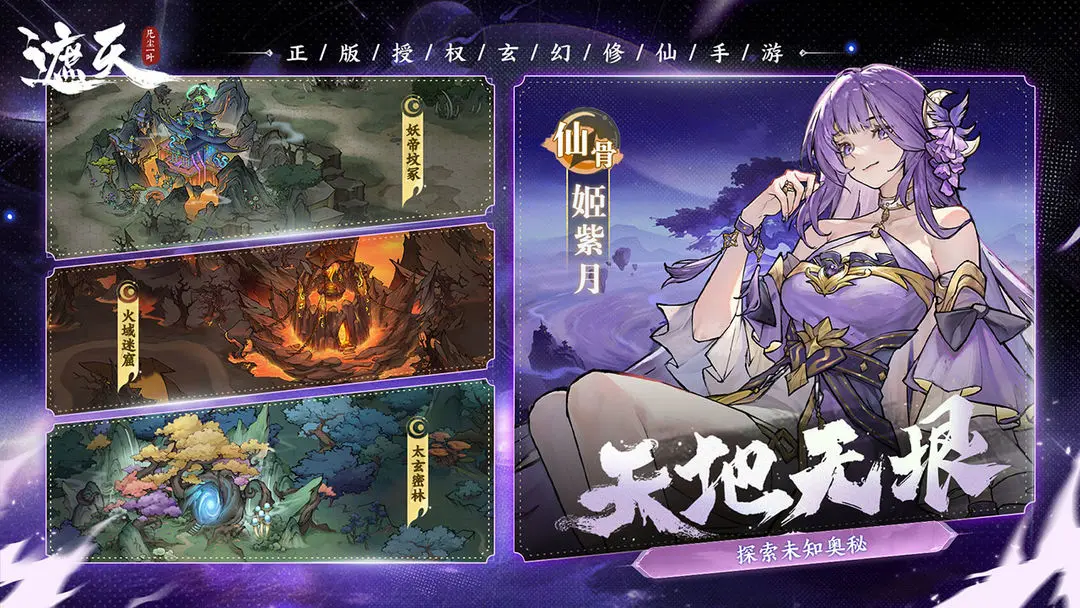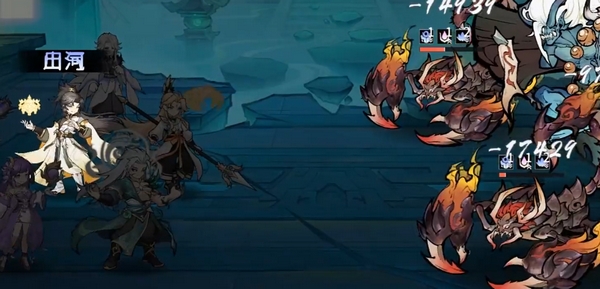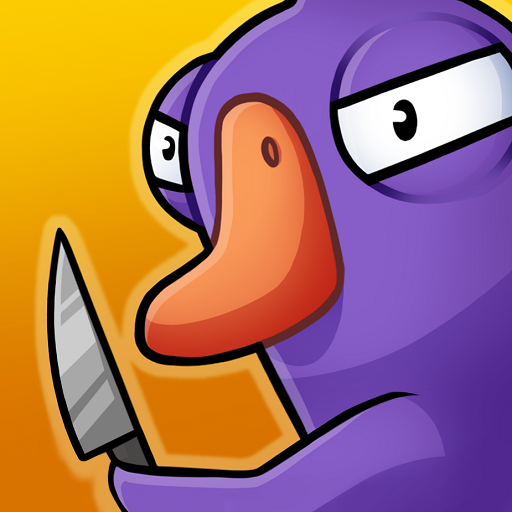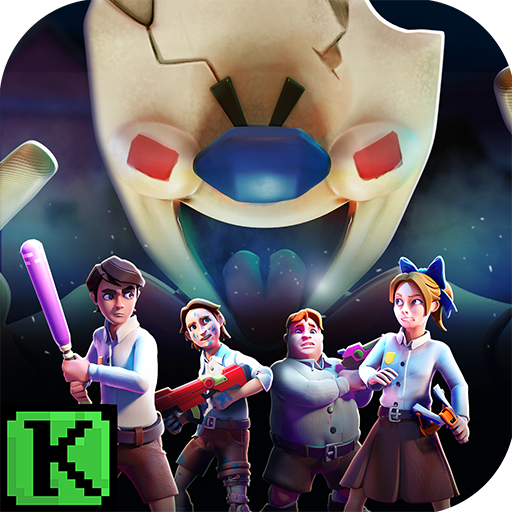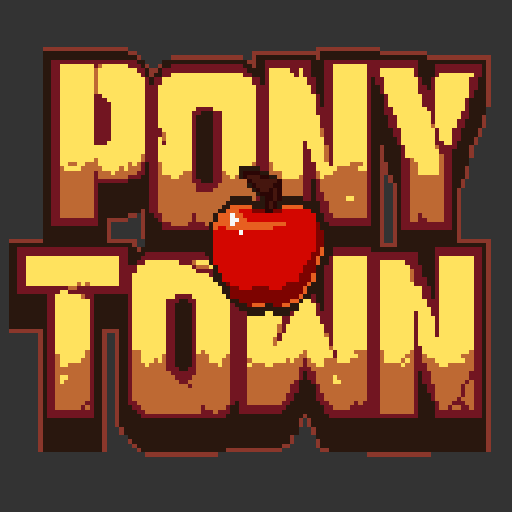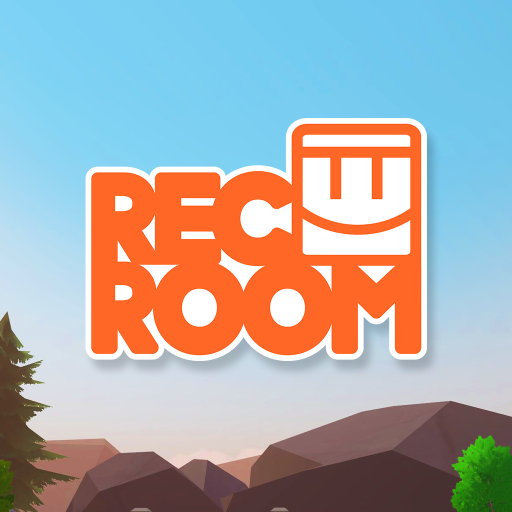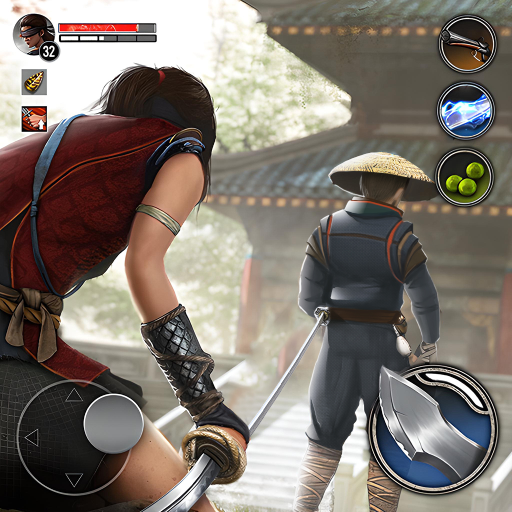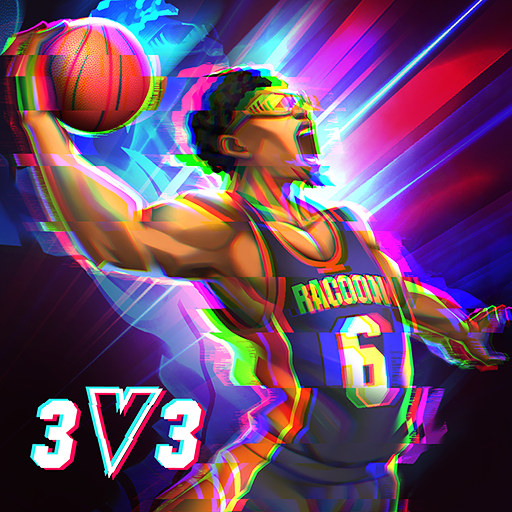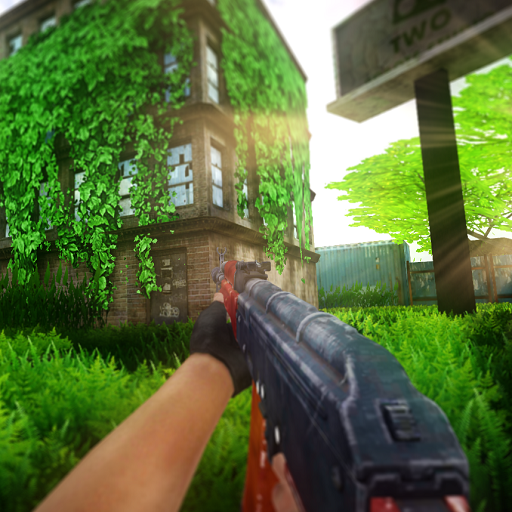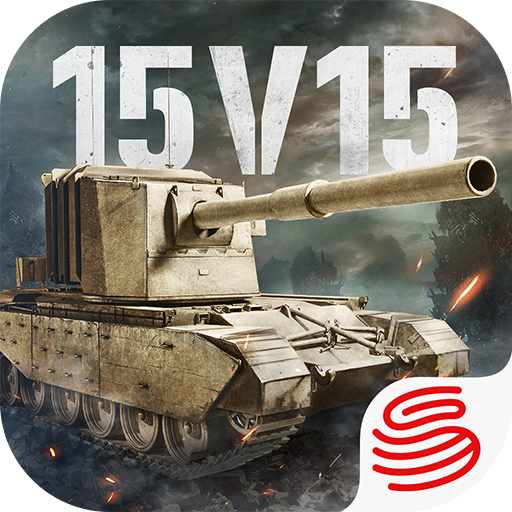Today, I will introduce the gameplay of the Tracker in Goose Goose Duck. As a key information gatherer for the Goose team, the Tracker, with the special ability to track the movements of other players, becomes an important force in driving the game's development and helping the Goose team achieve victory. For newcomers to the game, behind the seemingly simple skills of the Tracker lies a complex application of strategies and situational judgment techniques. Let's take a closer look together.
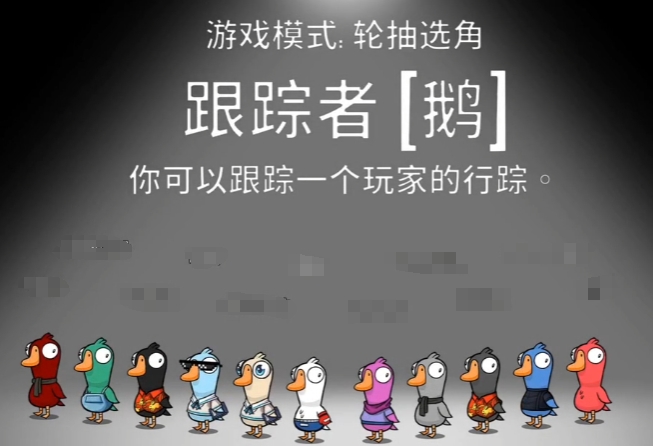
The core skill of the Tracker is the ability to track the movements of one player. When close to another player, pressing a specific key will activate the skill. After using the skill, a light purple arrow will appear around the player, continuously pointing in the general direction of the tracked player, like a compass guiding the Tracker to their target. It should be noted that the arrow only indicates a general direction, not an exact location, requiring the Tracker to combine their familiarity with the map to make a comprehensive judgment about the exact location of the tracked player.

At the beginning of the game, it's essential not to reveal your identity as a Tracker too early. The Duck team, in order to prevent the Goose team from obtaining crucial information, often prioritizes finding and eliminating the Tracker. Therefore, during the early stages when interacting with other players and performing tasks, you should naturally blend in like a regular goose to avoid arousing suspicion. Based on initial observations at the start of the game, choose a player whose behavior seems slightly suspicious as your first tracking target. Players who frequently act alone, deliberately avoid crowds, or linger near task points without doing tasks may be potential targets of the Duck team, worthy of close attention.
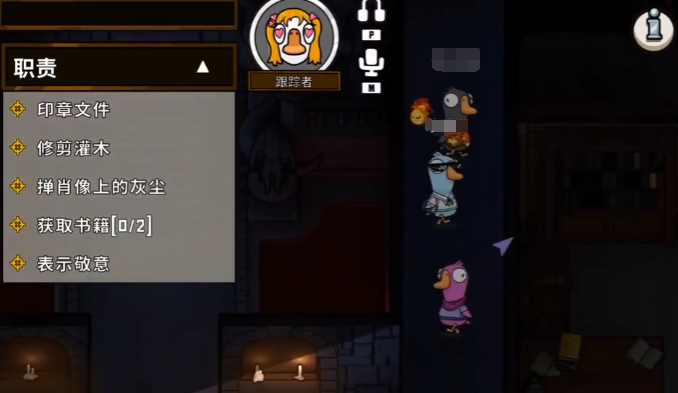
As the game progresses, if you find that the initially tracked target shows no unusual behavior, or if you notice other more suspicious players during observation, promptly use your skill to switch tracking targets. Continuously tracking valuable targets can provide more effective clues for your team. If you see a player showing excessive nervousness after a body is discovered, or if their statements are contradictory, set them as a new tracking target for further observation of their actions.
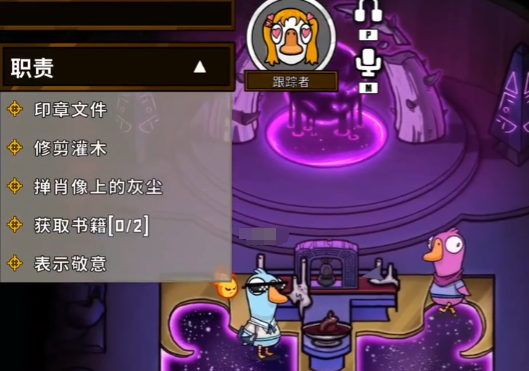
The introduction to the Tracker's gameplay in Goose Goose Duck is now complete. Whether it's carefully observing and choosing a tracking target in the early stages of the game to lay the groundwork for later reasoning, flexibly switching tracking targets in the middle stages, combining map and arrow information to continuously obtain valuable clues, or in the later stages, at critical moments, using the information gathered to help the team identify the murderer, and appropriately revealing your identity to guide the team to victory, each stage requires players to precisely grasp the essence of the Tracker's gameplay.
